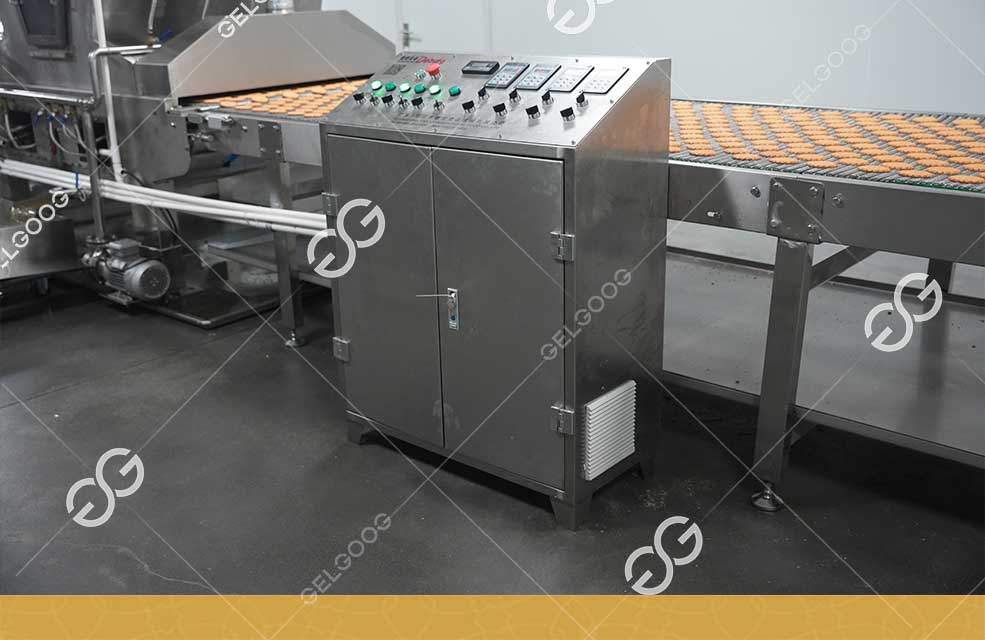What are the three basic types of biscuits? In the world of industrial biscuit manufacturing, understanding the core varieties of biscuits is essential to optimizing production lines, selecting the right machines, and meeting market demands.
This guide details each biscuit type, their unique characteristics, and the specialized equipment required for efficient, high-volume production. Let’s dive in.

Common biscuits on the market can be roughly divided into three categories: shortbread, crackers, and cookies. We will analyze the differences between these three types through the following aspects.

Shortbread biscuits are renowned for their crumbly texture and buttery flavor. Composed of three primary ingredients (flour, sugar, and butter), they require precise mixing and temperature control to maintain their delicate structure.
Recommended Machinery:

Crackers are thin, crispy, and often savory biscuits designed for mass production. Their low moisture content and layered dough (achieved through lamination) require robust, high-speed machinery.
Recommended Machinery:

Cookies encompass a wide range of products—from soft-centered chocolate chip to crunchy ginger snaps. Their versatility demands flexible machinery capable of handling diverse recipes and inclusions (e.g., nuts, chocolate chunks).
Recommended Machinery:

Choosing industrial biscuit production equipment depends on your product focus:

Understanding the three basic biscuit types—shortbread, crackers, and cookies—ensures your plant invests in the right equipment to match your product goals.
Whether you’re expanding production or diversifying your product portfolio, the right equipment can minimize waste, increase yields, and protect your brand reputation.
Ready to upgrade your biscuit production line? Contact our team of experts to explore custom solutions for your shortbread, cracker or cookie production.